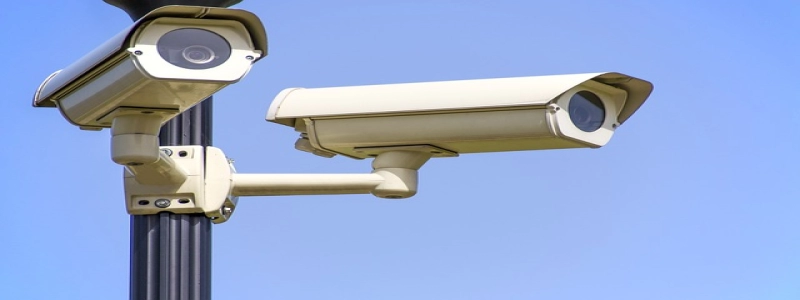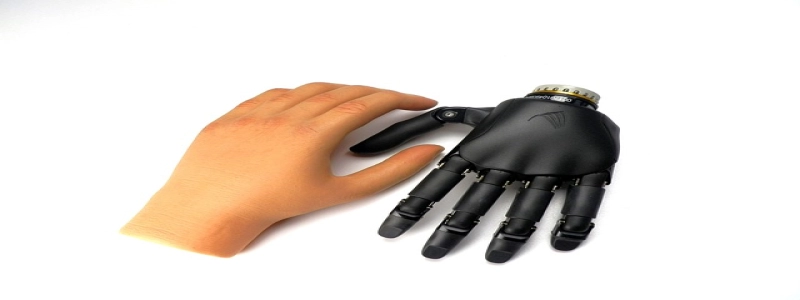Ethernet vs Coaxial Cable: Exploring the Differences
Introduction:
In today’s world, connectivity has become an integral part of our lives. Whether it’s for browsing the web, streaming videos, or playing online games, a reliable and fast internet connection is essential. Two popular options for home and business network connections are Ethernet and coaxial cable. In this article, we will explore the differences between these two types of cables and their respective advantages and disadvantages.
I. Ethernet Cable:
Ethernet cable, also known as RJ-45 cable, is the most widely used type of networking cable for both residential and commercial purposes. It is composed of four pairs of twisted copper wires covered by an outer casing. The cable is terminated with an RJ-45 connector, which is compatible with most network devices.
Advantages:
1. Speed: Ethernet cable offers high-speed internet connections, ranging from 10 Mbps to 100 Gbps, depending on the type of cable and network equipment used.
2. Security: Ethernet cables provide better security features, utilizing encryption and authentication protocols, which make it more difficult for unauthorized users to access the network.
3. Reliability: Ethernet cables are less susceptible to interference from other electronic devices, ensuring a stable connection with consistent network speeds.
4. Flexibility: Ethernet cables can be easily used for both LAN (Local Area Network) and WAN (Wide Area Network) connections.
Disadvantages:
1. Limited distance: Ethernet cables have a maximum distance limitation of 100 meters. Beyond this distance, signal degradation occurs, resulting in slower network speeds.
2. Cost: Ethernet cables can be expensive, especially for higher-speed versions like Cat6 and Cat6a, making it a less cost-effective option for large-scale installations.
II. Coaxial Cable:
Coaxial cable, commonly known as coax cable, is often used for connecting television systems and obtaining cable TV services. It consists of a central conductor, surrounded by an insulating layer, a conductive shield, and an outer protective jacket.
Advantages:
1. Distance: Coaxial cables offer better signal transmission over longer distances compared to Ethernet cables. They can transmit signals up to 500 meters without significant loss of quality.
2. Affordability: Coaxial cables are generally more affordable than Ethernet cables, making them a suitable option for budget-conscious users.
3. Simplicity: Coaxial cables are easy to install and require minimal knowledge or technical expertise.
Disadvantages:
1. Speed: Coaxial cables provide lower network speeds compared to Ethernet cables. They are generally limited to speeds of up to 100 Mbps, making them less suitable for bandwidth-intensive activities such as video streaming or online gaming.
2. Interference: Coaxial cables are more susceptible to interference from other electronic devices, resulting in potential signal degradation or loss.
3. Limited functionality: Coaxial cables are typically used for multimedia applications like cable TV and connecting to modems. They do not offer the same level of versatility as Ethernet cables when it comes to networking capabilities.
Conclusion:
In conclusion, both Ethernet and coaxial cables have their pros and cons when it comes to network connectivity. Ethernet cables provide superior speed, security, reliability, and flexibility, making them an ideal choice for demanding network environments. On the other hand, coaxial cables offer more affordability, longer distance capabilities, and simplicity in installation, making them suitable for less-intensive network requirements. Ultimately, the choice between the two will depend on the specific needs, budget, and intended usage of the network.







